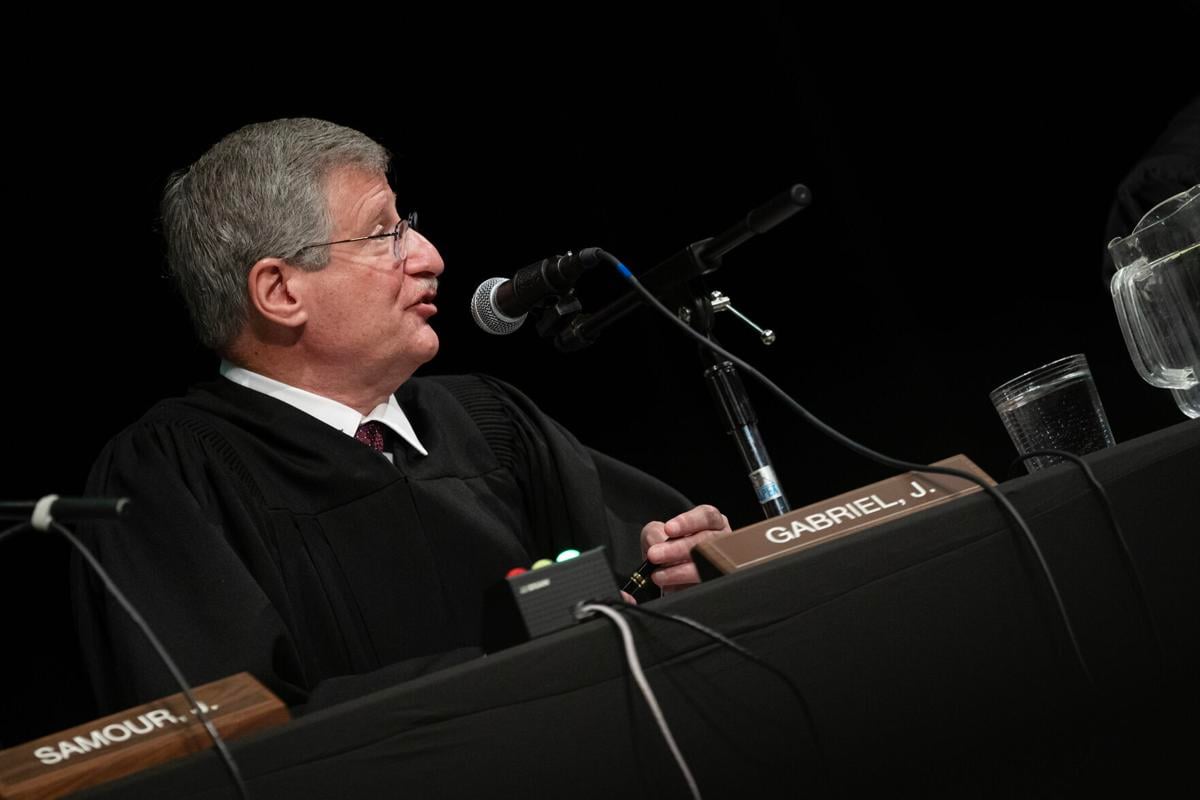Colorado Supreme Court rejects attempt to blur lines in construction industry lawsuit
The Colorado Supreme Court on Monday reiterated that breach of contract lawsuits are distinct from negligence lawsuits, and an insurance company had chosen the wrong path when it attempted to recover nearly $483,000 from an allegedly negligent construction company.
For decades, the court has recognized that some civil liability claims like negligence are meant to protect all citizens from harm without the need for an agreement or contract. On the other hand, parties can enter into contracts and litigate breach of contract lawsuits when someone fails to respect the bargain.
To reinforce that distinction, the Supreme Court has adopted the “economic loss rule,” meaning litigants who suffer financial losses from a breach of contract must stick to that claim, and cannot sue on other grounds unless the law provides grounds for doing so.
But the court had not previously clarified whether “willful and wanton” conduct — meaning purposeful, dangerous behavior — can form the basis of a negligence lawsuit even when a contract exists.
No, the Supreme Court decided.

In April 2017, a fire damaged Masterpiece Kitchen in Denver’s Lowry neighborhood. During a renovation, the contractor, HIVE Construction, Inc., had substituted combustible material into a wall next to the kitchen. The material caught fire from a broiler placed too close to the wall.
The restaurant received a nearly $483,000 payout from its insurer, Mid-Century Insurance Company, which then went after HIVE. Mid-Century alleged the contractor was negligent in constructing the wall with improper material. A Denver jury sided with Mid-Century in 2021, finding HIVE’s conduct was “willful and wanton.”
The trial judge believed the economic loss rule did not prohibit Mid-Century’s claim, but a three-judge panel for the Court of Appeals disagreed.
Mid-Century appealed to the Supreme Court, insisting claims for willful and wanton behavior are grounded separately in Colorado law. Moreover, HIVE’s duty to not make an unauthorized change of materials pursuant to the contract was not the same as its duty to prevent a fire, Mid-Century argued.
During oral arguments, Justices Richard L. Gabriel and William W. Hood III appeared the most concerned about opening the door to civil lawsuits in which plaintiffs can work around a contract they have negotiated. The American Institute of Architects has warned about the possibility of “numerous unforeseeable and unexpected claims for economic losses” in the absence of the economic loss rule’s safeguard.
“This is a very thorough contract entered into between two sophisticated parties,” Hood said. “It had specific provisions about not substituting materials and, as I recall, spoke to this very issue.”
“I would be concerned about completely undermining the parties’ expectation under their contract. ‘We thought we had a contract, we had detailed specification, we thought we covered it all. Now, you come and say, “Here’s my (negligence) claim for X million dollars”,'” added Gabriel.
Ultimately, the Supreme Court agreed Mid-Century was barred from suing for negligence because the claim at issue was strictly breach of contract.
“The precise allocation of risk through contracting is of particular importance in the construction industry,” wrote Gabriel in the April 21 opinion. “The parties thus memorialized in their contract the same duty that Mid-Century contended HIVE breached by deviating from the plans and design.”
The case is Mid-Century Insurance Company v. HIVE Construction, Inc.








